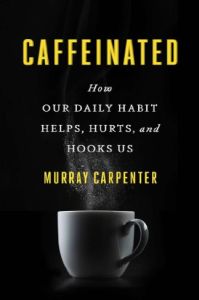Join getAbstract to access the summary!

Join getAbstract to access the summary!
Murray Carpenter
Caffeinated
How Our Daily Habit Helps, Hurts, and Hooks Us
Hudson Street Press, 2014
What's inside?
Everything you wanted to know about caffeine – and more.
Recommendation
America’s most widely used drug, a white powder, doesn’t require a prescription, even though it’s potent and addictive. Millions of people have trouble functioning without it. Athletes use this perfectly legal substance to enhance performance. Caffeine has never been more popular. Consumers have a variety of options for ingesting their favorite stimulant, from high-octane java to soda to energy drinks and gels. Caffeine expert Murray Carpenter’s informative, entertaining look at society’s caffeine obsession offers a historical and pharmacological perspective, as well as a critical analysis of the multibillion-dollar caffeine industry. getAbstract recommends that you grab a fresh, hot cup of strong coffee or an energy drink and enjoy reading about a subject that you might never even have considered beyond that first morning jolt.
Summary
About the Author
Murray Carpenter has written about coffee and caffeine for The New York Times, National Geographic and Wired. He has also written for the Boston Globe and The Christian Science Monitor.
















Comment on this summary